Idrw Team
SOURCE: IDRW.ORG TEAM
Initial reports claiming the US Congress blocked a $3.1 billion drone sale to India have been refuted. India’s Ministry of Defence now expects to receive the Letter of Acceptance (LoA) from the Biden administration soon, paving the way for the delivery of 31 MQ-9B Sea Guardian drones.
News circulated suggesting the US Congress blocked the drone sale due to concerns regarding India’s cooperation on American CIA assets and alleged involvement on Plot to kill US-based pro-Khalistani activist Gurpatwant Singh Pannun. However, these reports have been deemed inaccurate.
Continue readingSOURCE: IDRW.ORG TEAM
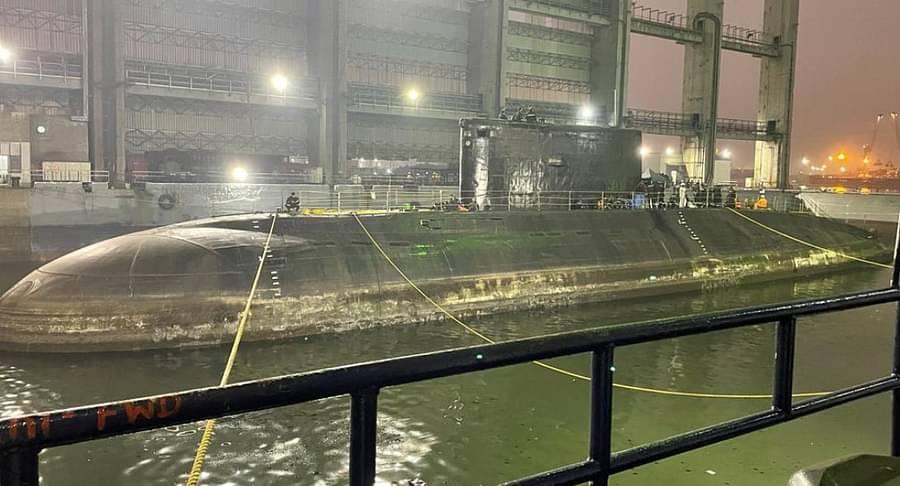
The Indian Navy is set to receive a major boost with the imminent return of the INS Sindhukirti submarine after a Rs 934 crore refit at the Hindustan Shipyard Limited (HSL) in Visakhapatnam. This marks a significant milestone for the Kilo-class diesel-electric submarine, which has been out of service for several years undergoing upgrades.
The INS Sindhukirti, commissioned in 1989, had previously undergone a mid-life refit between 2006 and 2015. However, that project faced delays and criticism due to shipyard mismanagement and issues with Russian experts. This time around, the focus has been on ensuring a smooth and efficient refit process, with an emphasis on modernizing the submarine and extending its operational life.
Continue readingSOURCE: IDRW.ORG TEAM
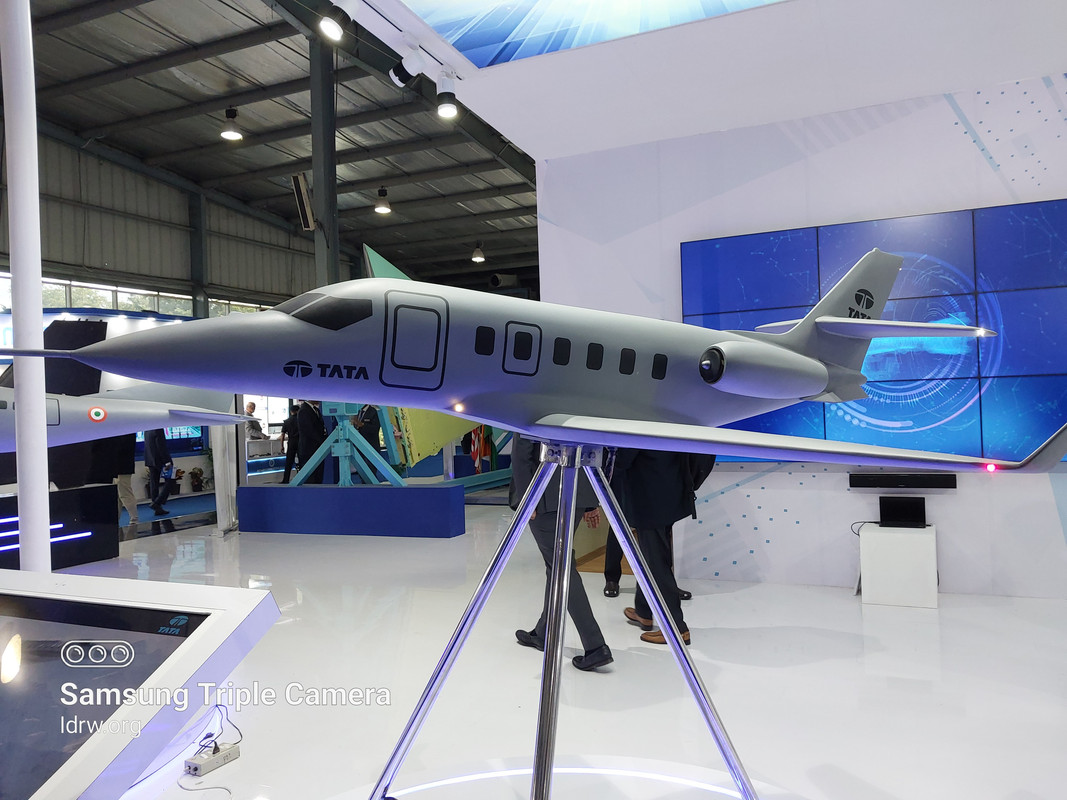
The Indian defense landscape is witnessing a paradigm shift in the development of High-Altitude Long-Endurance (HALE) Unmanned Aerial Vehicles (UAVs). After the Tapas MALE UAV program’s closure, the Defense Research and Development Organisation’s (DRDO) Aeronautical Development Establishment (ADE) that has proposed to develop a HALE Platform is also facing Challenges that might see MoD opening doors for private players to take the lead in this crucial domain.
Tata Advanced Systems (TAS), a subsidiary of Tata Aerospace & Defence, has proposed converting its existing TATA HA-ISR aircraft into a fully unmanned ISR platform. This aircraft boasts an impressive range of 1800 nautical miles, an endurance of 6-7 hours, and a maximum payload capacity of 1000 kg. It is designed to operate at an altitude of 41,000 feet, making it ideal for HALE operations.
Continue readingSOURCE: IDRW.ORG TEAM

The Indian Army Design Bureau (ADB) is rapidly becoming a powerhouse of innovation, spearheading close to 350 defense programs in collaboration with 450 Indian defense private and public sector companies. Modeled after the Navy’s Warship Design Bureau (WDB), the ADB has taken on the mantle of spearheading major Army-related research and development, with impressive results.
The Indian Army has ambitious plans for the ADB, envisioning it to evolve into a major project developer, akin to the WDB which designs and builds warships and submarines for the Navy. This shift towards self-reliance is a key strategic objective, driven by lessons learned from the pandemic and the ongoing Russia-Ukraine conflict.
Continue readingSOURCE: IDRW.ORG TEAM
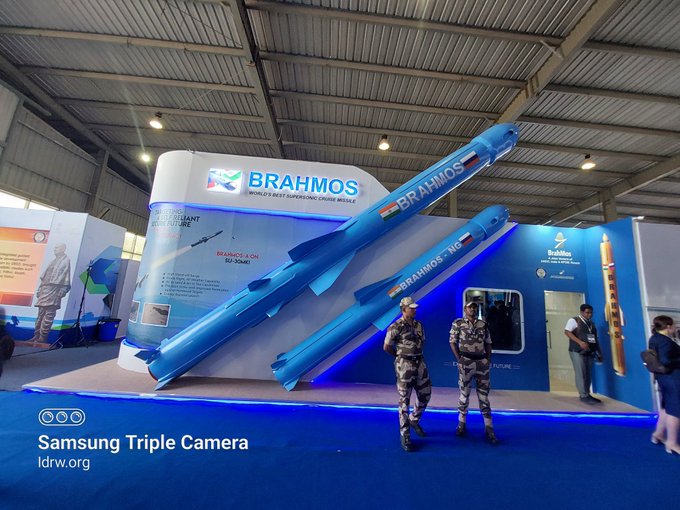
The Indian Air Force (IAF) is gearing up for a significant boost in its offensive power with the upcoming BrahMos-NG Air-Launched Cruise Missile (ALCM). In a recent interview, Air Chief Marshal Vivek Ram Chaudhari expressed the IAF’s keen interest in the missile, highlighting its potential to transform strike capabilities.
The BrahMos-NG ALCM stands out for its significantly lighter weight compared to its predecessor, the BrahMos-A. While the BrahMos-A tips the scales at a hefty 2.5 tons, limiting its compatibility to Su-30MKI fighters, the BrahMos-NG sheds nearly a ton, bringing its weight down to around 1.5 tons. This crucial reduction in weight unlocks a game-changing advantage: universality.
Continue readingSOURCE: IDRW.ORG TEAM

In a significant stride towards innovation in unmanned aerial vehicle (UAV) technology, Kanpur-based Endure Air Systems has introduced the Sabal-10 and Sabal-20 small electrically propelled tandem-rotor aerial vehicles. Engineered primarily for cargo and observation applications, these drones promise to redefine logistics and surveillance capabilities. With a distinctive design and advanced features, the Sabal series showcases the potential of electrically powered UAVs in addressing contemporary challenges.
The Sabal series stands out with its tandem-rotor configuration, offering enhanced stability and maneuverability. These compact drones are equipped with a unique boom rail system, allowing users to attach cargo securely. The boom rail innovation plays a pivotal role in the autonomous operation of the UAVs. Users can load cargo onto the boom rail, and the drone will autonomously fly to its designated destination, execute a precise landing, release the cargo by raising its boom rail hooks, and then return to its next point of take-off.
Continue readingSOURCE: IDRW.ORG TEAM

A recently leaked image online has sparked discussions about the Indian Army’s latest defensive measure for its T-72 tanks: the “Cope Cage” armor. This metal framework, seen earlier on T-90 MBTs last year, aims to provide overhead protection against anti-tank threats.
The new “Cope Cage” design on the T-72 stands out from the earlier, hastily fabricated versions seen on T-90s. The consistent build quality suggests it’s not a crew-improvised solution, but rather a standardized one, potentially hinting at official Indian Army adoption.
Continue readingSOURCE: IDRW.ORG TEAM

Abyom SpaceTech, a promising Indian startup aiming to revolutionize space exploration, has received a significant boost from the Ministry of Electronics & IT (MeitY). The government agency has chosen Abyom’s innovative Mobile Engine Testing Facility (METF) for commercialization and scaling up, providing a grant to support the endeavor.
This significant development marks a major step forward for Abyom’s ambitions to democratize access to space technology. The METF is a unique, portable facility that allows for the testing and validation of rocket engines at various locations, significantly reducing costs and timeframes associated with traditional testing methods.
Continue readingSOURCE: IDRW.ORG TEAM

The 76th Indian Army Day witnessed not just a display of military might but also a glimpse into the Army’s increasingly sophisticated electronic intelligence (ELINT) capabilities. The showcased interface, pictured above, offered a fascinating window into the world of real-time data and analytics that empower the Army’s crucial information gathering efforts.
The interface’s metrics paint a vivid picture of the system’s active operations. With 248 “Total Radars” and 26 “Active Today,” it’s clear that the system is constantly monitoring and analyzing electronic signals across a vast spectrum. The “Highest Activity” in the “5 Corps” further reveals a focused attention on a specific area of interest. These real-time insights empower commanders with the ability to make informed decisions, respond swiftly to threats, and maintain situational awareness in a dynamic battlefield environment.
Continue readingSOURCE: IDRW.ORG TEAM
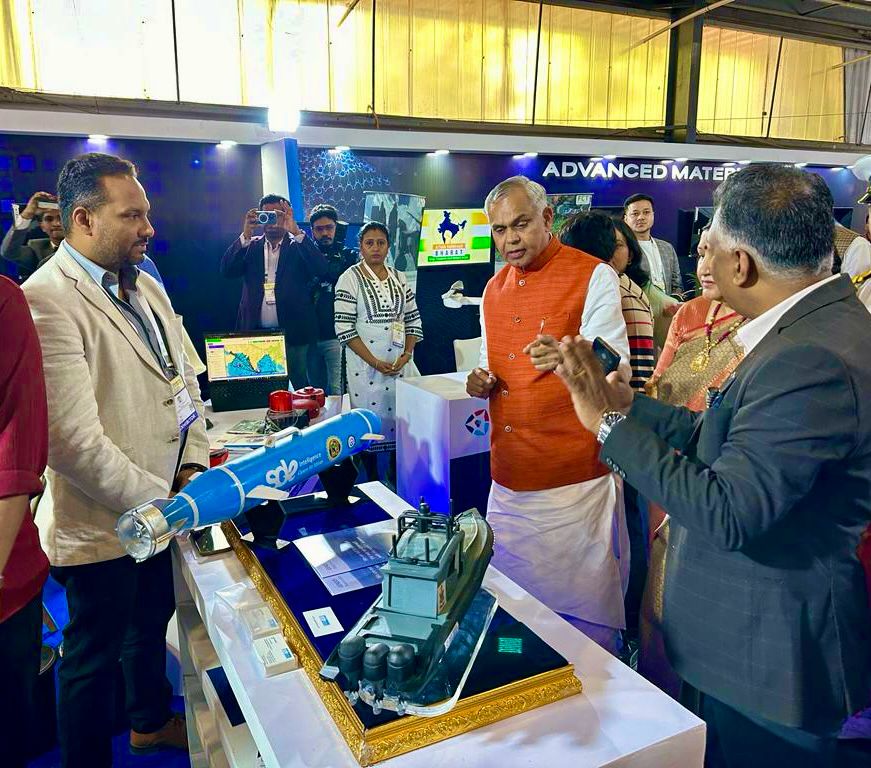
Amidst the dazzling displays of culture and commerce at the Vibrant Gujarat summit, Sagar Defence Engineering stole the show with a glimpse into the future of underwater warfare: its Autonomous Swarm (AUTONOMOUS SWARM) technology. This groundbreaking system unleashes a coordinated attack of intelligent underwater drones, promising to revolutionize mine countermeasure operations and redefine naval combat.
AUTONOMOUS SWARM is not just a single drone; it’s a coordinated ballet of unmanned underwater vehicles (UUVs) working in unison. These agile drones, equipped with advanced sensors and AI algorithms, work together to locate, identify, and neutralize underwater mines with unprecedented efficiency and precision.
Continue readingSOURCE: IDRW.ORG TEAM
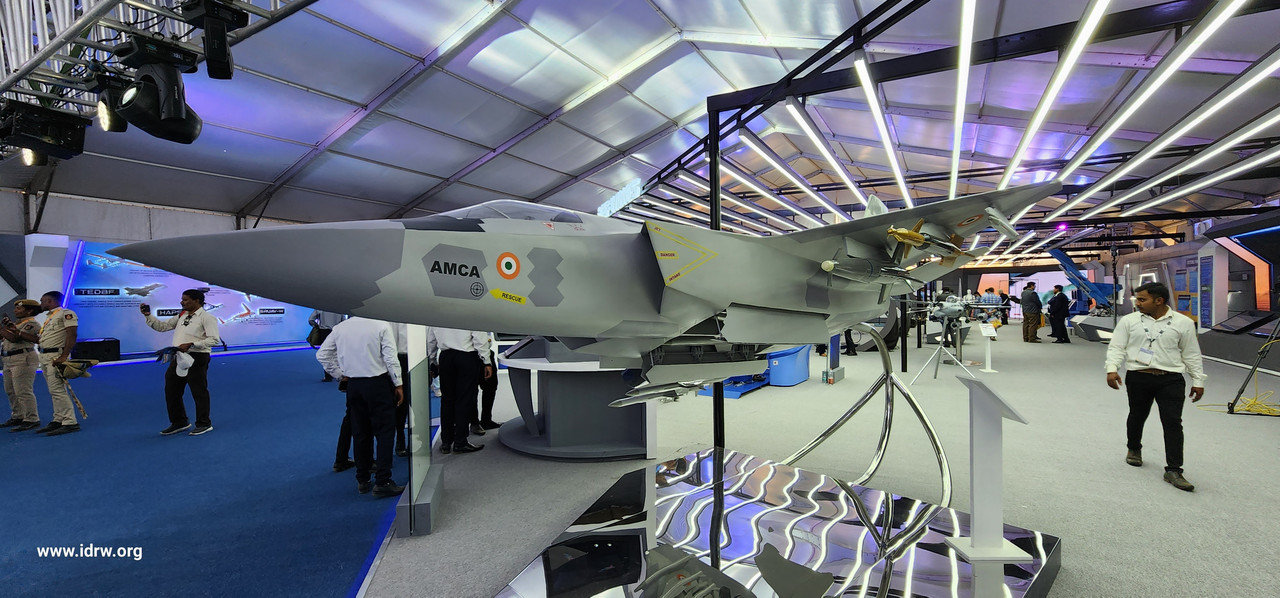
The Indian Air Force (IAF) is spreading its wings with unwavering confidence, aiming to achieve self-reliance in cutting-edge fighter jet technology. In a recent statement, Air Chief Marshal VR Choudhary expressed unwavering optimism about the development of the Advanced Medium Combat Aircraft (AMCA), India’s ambitious fifth-generation fighter program.
“We are confident in the development program of the nation and are confident that the AMCA program can be developed in the country,” asserted Choudhary, his words echoing the IAF’s unwavering commitment to indigenous defense manufacturing.
Continue readingSOURCE: IDRW.ORG TEAM

For India’s defense research and development, understanding the precise behavior of weaponry is crucial. Enter Tesscorn Systems India Private Limited, a Bangalore-based company whose advanced Photron High-Speed Cameras have become vital research tools in DRDO proof ranges.
These “speed demons,” as they’re called, capture the fleeting moments of weapon performance, from the crack of a firearm to the fiery flight of a missile. By tracking targets with pinpoint accuracy, they generate an intricate tapestry of data – projectile velocity, trajectory, aerodynamic characteristics – allowing researchers to meticulously assess the effectiveness of weapon systems.
Continue readingSOURCE: IDRW.ORG TEAM

While the global jet market buzzes with the F-35A’s price dipping below $80 million, the Indian Air Force (IAF) remains unmoved. Even with this tempting offer, India maintains its plans for the much pricier Dassault Rafale and its unwavering focus on developing its own 5th-generation Advanced Medium Combat Aircraft (AMCA). This decision, seemingly defying cost logic, reflects the IAF’s strategic priorities and long-term vision.
At over $115 million per unit, the Rafale remains a premium choice. However, it has proven its combat prowess in Syria and Libya, earning the IAF’s trust. Concerns lie in its operating costs, estimated at $16,500 per flying hour, compared to the F-35’s $41,986. Though seemingly higher in acquisition, Rafale’s lower operating costs offer long-term economic viability.
Continue readingSOURCE: IDRW.ORG TEAM

Hyderabad-based UAV TECH PRIVATE LIMITED has recently introduced the M165 series, showcasing its prowess in unmanned aerial vehicle (UAV) technology. The M165 series encompasses a range of capabilities, from long-range military operations to versatile cargo and logistics solutions. In this article, we delve into the key features and specifications of the M165 series, with a focus on the ISTAR variant, as well as the VTOL and STOL variants designed for cargo and logistics applications.
The M165 ISTAR variant stands out as a specialized tactical UAV designed for long-range military operations. With a wingspan of 4.5 meters, a length of 3.4 meters, and a height of 1.1 meters, this UAV boasts impressive performance characteristics. It can take off in less than 50 meters of runway distance and reach an altitude of up to 16,000 feet in just 12 minutes.
Continue readingSOURCE: IDRW.ORG

The Indian Air Force’s (IAF) ambitious plans for a fifth-generation fighter jet, the Advanced Medium Combat Aircraft (AMCA), received a crucial boost with Air Chief Marshal VR Choudhary’s recent statement. He declared that the ongoing Tejas MkII program will act as a “feeder technology” for the AMCA, emphasizing its vital role in laying the groundwork for this next-generation fighter.
While still under development, the Tejas MkII is already generating excitement for its potential to enhance the IAF’s capabilities. As reported by idrw.org, the program shares significant technological advancements with the AMCA, paving the way for a smooth transition to the more advanced platform.
Continue reading